Dominica, often described as the “Nature Island of the Caribbean”, is not just home to breathtaking landscapes and unique wildlife, but also home to rich cultural traditions.
Among these, Dominica’s wedding traditions stand out for their colorful blend of historic customs and contemporary influences. So, in this article, we will delve into 12 customs in this wedding tradition.
1. Pre-Wedding Activities
Dominican wedding celebrations start weeks before the wedding day. Families and friends gather to prepare local delicacies to eat together. Dishes often include popular foods like sancocho, a hearty stew with various types of meat, mofongo, a flavorful dish made from mashed plantains, and Pastelitos, deep-fried pastries filled with meat or cheese.
In preparation for the wedding, homes are decorated with vibrant tropical flowers and traditional Dominican artifacts. Streamers, balloons, and colorful lights are also used, reflecting the anticipation and joy for the upcoming wedding.
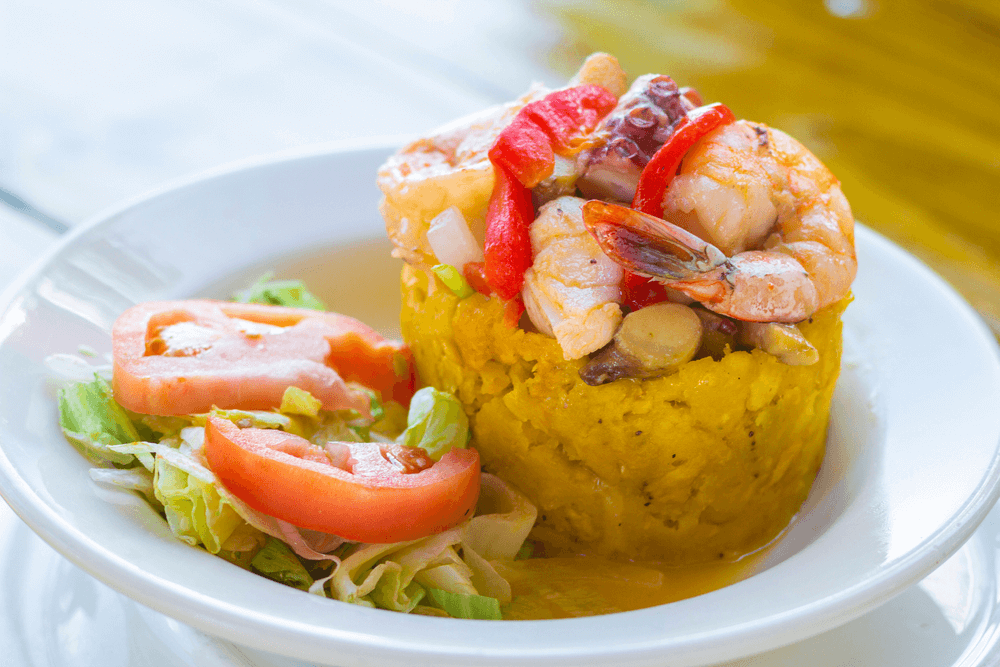
2. The Dress and Attire
At many weddings, the bride often wears a dress that is modern but also adds some traditional Dominican styles. One example is the madras cloth. This cloth is known for its bright, checkered design. Moreover, the madras fabric is used in many ways, such as making sashes, ribbons, or even part of the dress design.
The groom’s clothing is typically a formal suit. But to make it special, it often has a little Dominican style added. For example, the groom might wear a tie or a small flower decoration, called a boutonniere, made from the madras fabric. This helps the groom’s outfit match the bride’s dress.
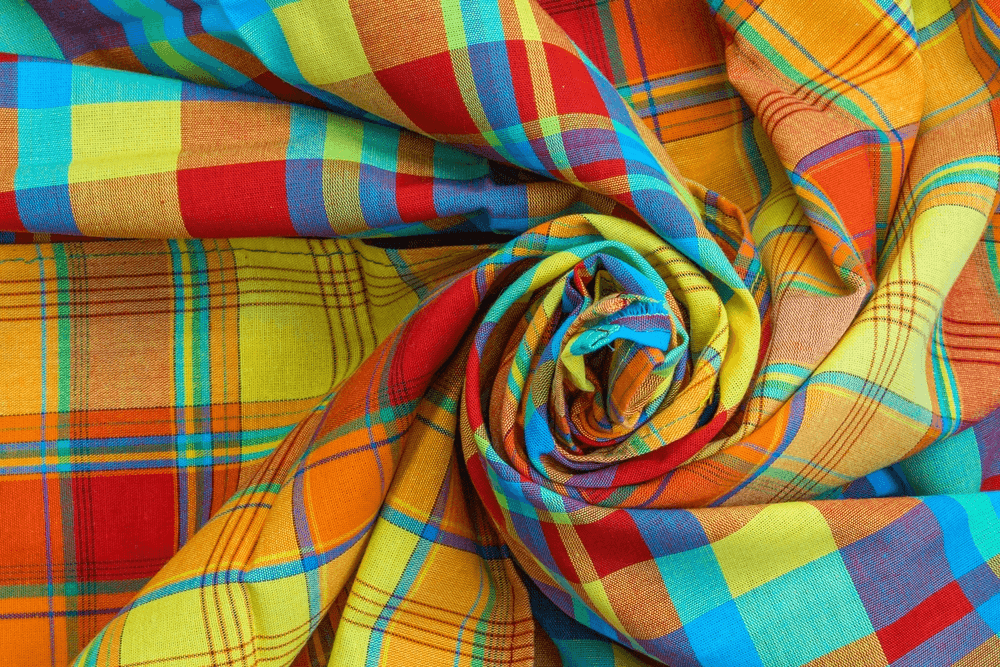
3. The Wedding Ceremony
In the Dominican Republic, most wedding ceremonies take place in a church. However, some couples might choose a civil ceremony that’s run by a government official.
Normally, guests are free to sit wherever they like. There are no specific sides reserved for the bride’s or groom’s family. And the groom and his mother are usually the first to arrive, followed by the groom’s father who walks in with the bride’s mother. After they’re seated, the rest of the wedding party and guests can enter.
Once the church ceremony is over, everyone joined the party venue. Unlike some cultures where guests wait outside the church to cheer the newlyweds as they leave. Sometimes, throwing rice, confetti, or flower petals at the couple at the church. Instead, at the Dominican wedding, all the greetings and well-wishing take place at the reception.
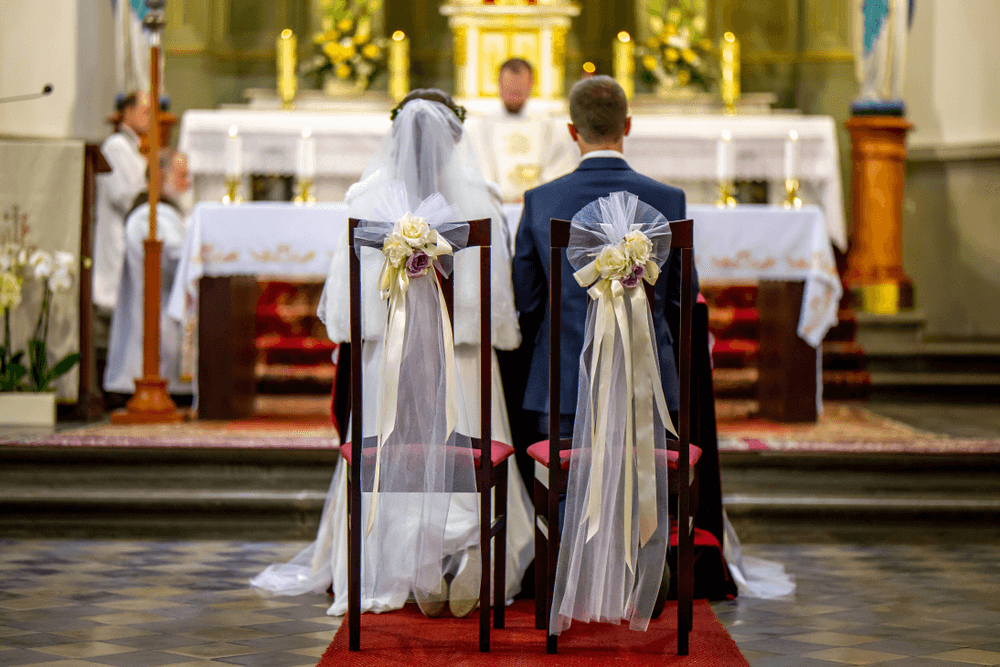
4. Blessings and Rituals
At a Dominican wedding, the priest also says a special prayer for the rings that the couple will give each other. Moreover, they also have a special part of the ceremony with candles. The bride and groom each light a small candle. Then, they use these small candles to light a bigger one together. This shows that they are now joining their lives together as a married couple.
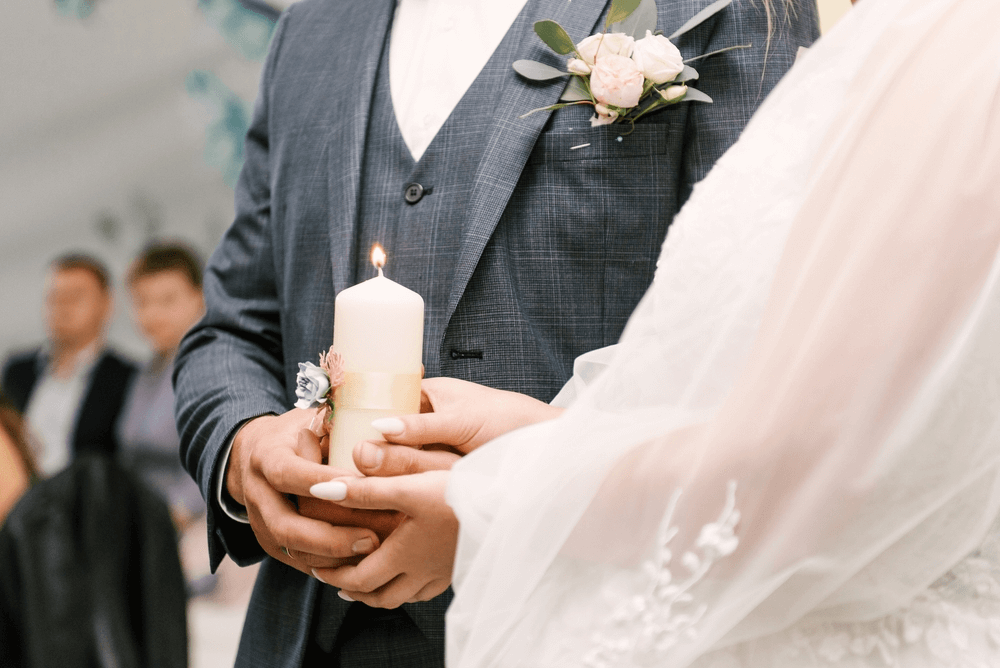
5. Food and Festivities
After the wedding, everyone goes to a big party called a reception. Here, they can eat a lot of delicious Creole food, which is a mix of Spanish, African, and local cooking styles. There’s often mangu, which is mashed plantains, sancocho, a type of soup, and tostones.
Everyone also drinks a lot of Dominican rum, which is famous in the country. Moreover, the party has a lot of dancing, including traditional dances like the “heel-and-toe” polka and Quadrille, making a funny and lively party when joining.

6. The Serenade
In some parts of the Dominican Republic, the groom and his friends have a special tradition. Normally, the night before the wedding, they go under the bride’s window and sing love songs to her. Even though not many people do this today, it’s still a sweet way to express love and excitement for the wedding.

7. Bridal Parade
On the day of the wedding, the bride and her family participate in what’s known as the bridal parade. They either walk or ride to the church. Moreover, it’s so interesting when passersby often stop to cheer on the bride and wish her good luck in her new life. Well, the parade is filled with laughter, music, and color, marking the start of a joyous wedding day when joining and making the couple so happy.
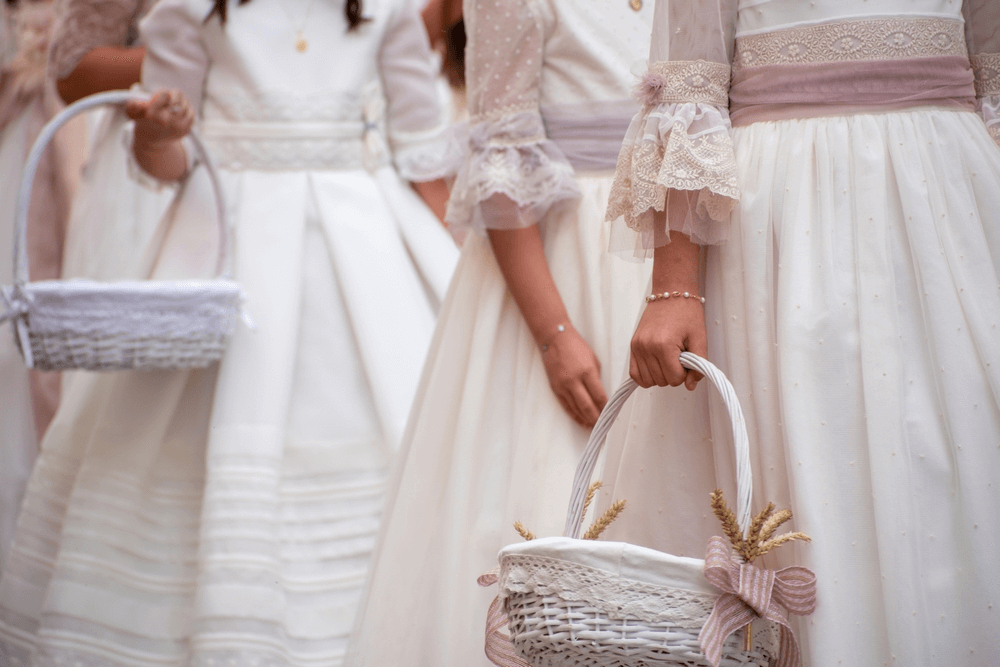
8. Jumping the Broom
One African tradition that has been preserved in Dominican culture is “jumping the broom”. So, at the end of the wedding ceremony, the couple jumps over a broom together. This act has a profound symbolic meaning: it represents the sweeping away of their old lives and the welcoming of their new lives together.
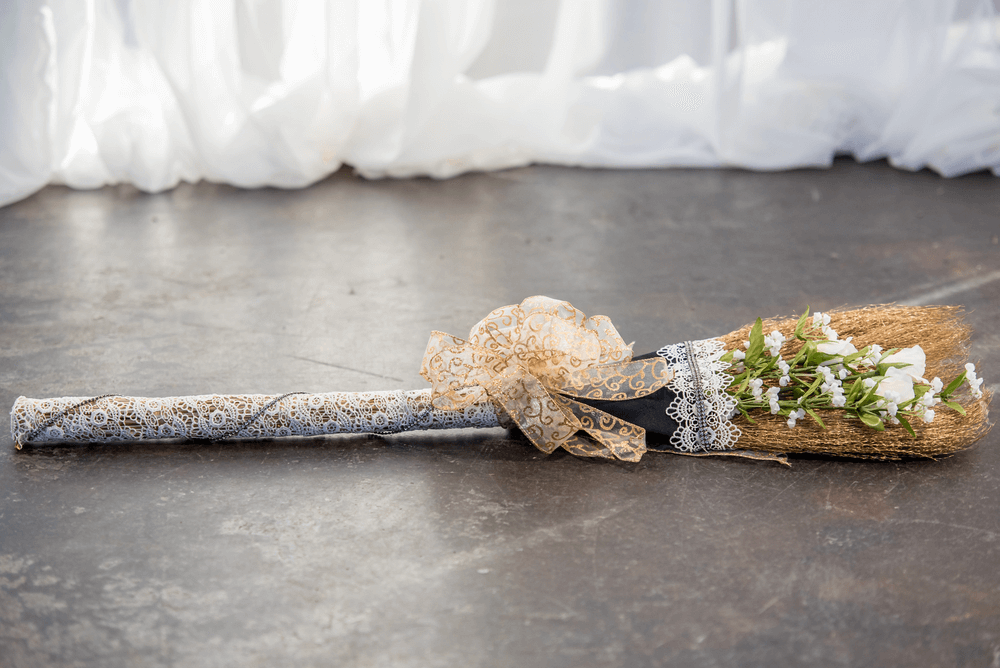
9. The Money Dance
One African tradition that has been preserved in Dominican culture is “jumping the broom”. At the end of the wedding ceremony, the couple jumps over a broom together. This custom has a profound symbolic meaning: it represents the sweeping away of their old lives and the welcoming of their new lives together.
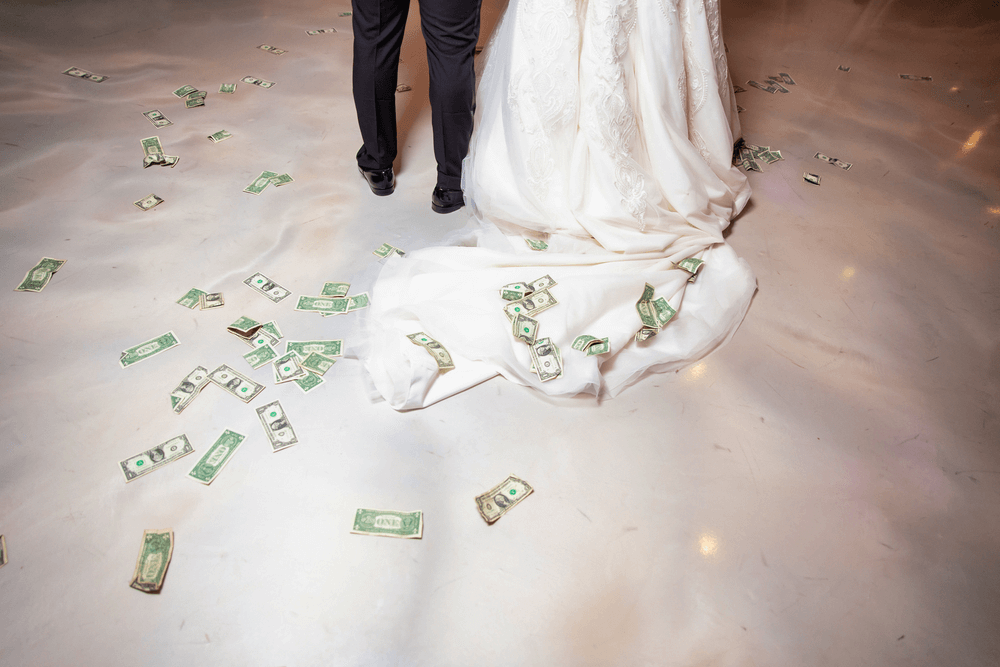
Read more: Ghanaian Wedding Traditions: 10 Detailed Unique Customs
10. The Cake Pull
The cake pull is a distinctive tradition at Dominican weddings. The wedding cake is made with a series of ribbons attached to charms baked inside. During the reception, the bride’s single friends are invited to pull out a ribbon. Each charm has a specific meaning and is thought to predict the future of the person who pulls it out. For instance, a charm could signify impending love or prosperity. It’s an interesting and hopeful tradition for the bride’s friends when joining.
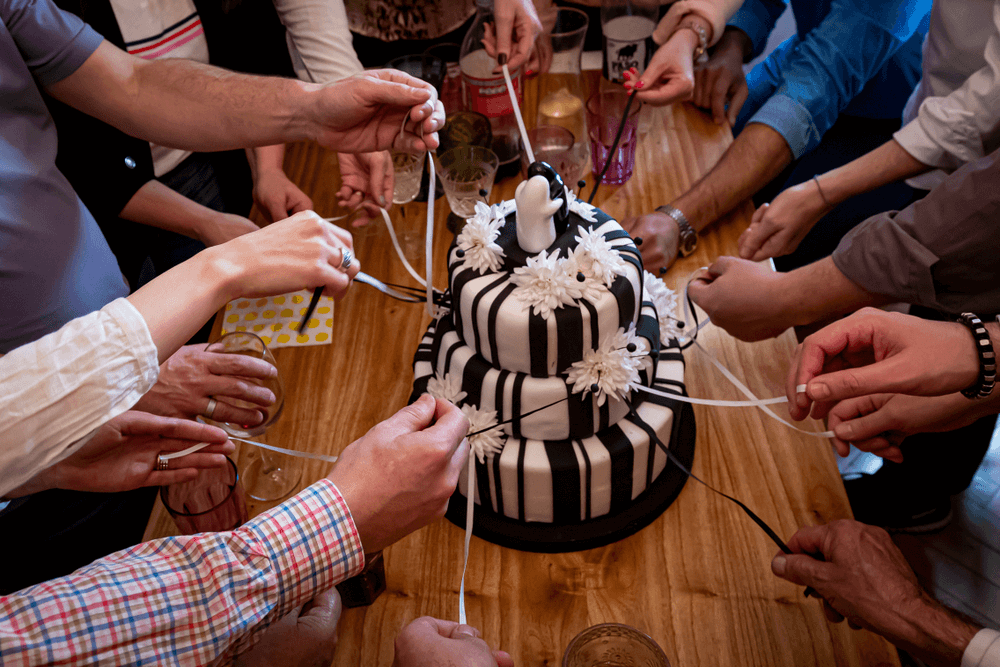
11. The First Dance
The Merengue dance is a special dance of the Dominican Republic. It’s a simple dance you can learn with fast two-step movements, quick turns, and clapping in rhythm with the music.
Moreover, at Dominican weddings, the newlyweds often dance the merengue for their guests. Sometimes, the bride and groom dance together, or they might dance with their parents or other family members.
The Merengue is not just a fun part of the wedding party, it’s also a way for the bride and groom to show how much they love and are committed to each other.
There’s also a fun time at the wedding called “la hora local”, or the crazy hour. Everyone at the party will let loose and dance without any worries.
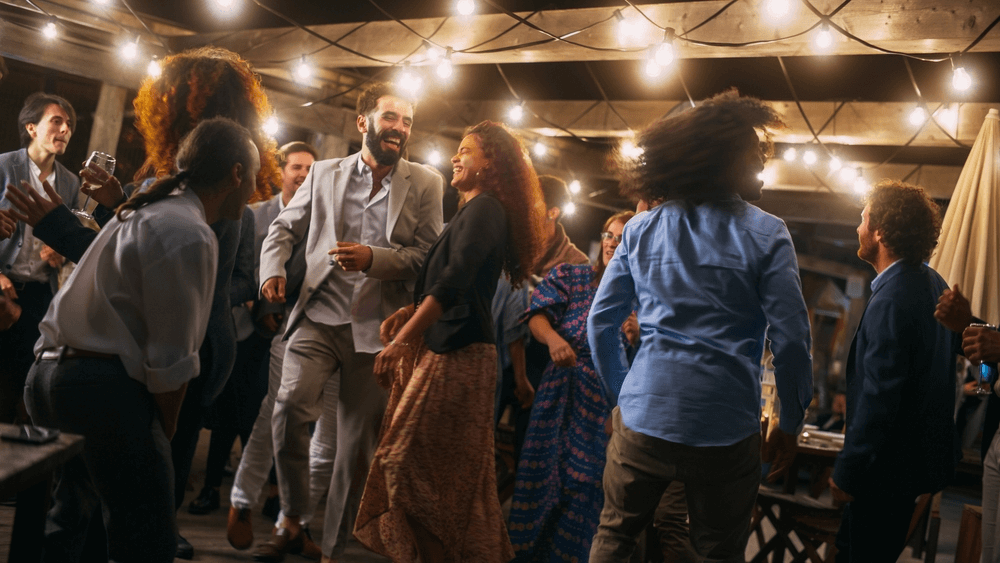
12. The Arras ceremony
The Arras ceremony is an important part of many weddings in the Dominican Republic. During the wedding ceremony, the groom will give these coins to the bride. By doing this, he is promising to take care of her and provide for their family. The bride accepts the coins when she trusts him to keep his promise.
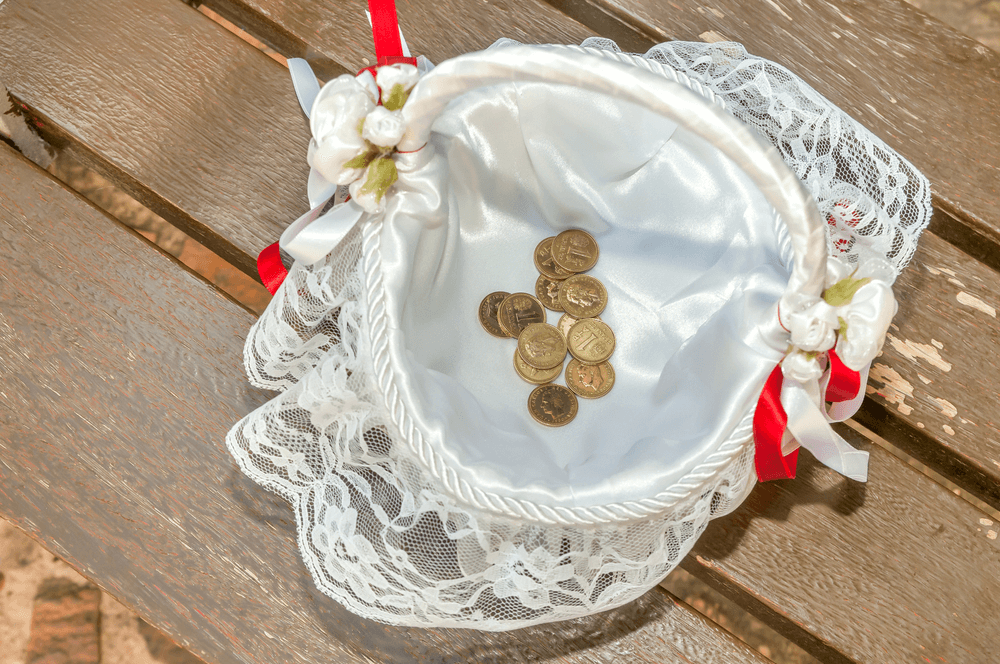
Conclusion
In summary, we summarize 12 customs in Dominica’s wedding traditions with a beautiful fusion of the island’s history, culture, and values. These unique traditions embody a spirit of unity, love, and joy, making this wedding an unforgettable experience.
Read more: Puerto Rican Wedding Traditions: 14 Interested Customs
